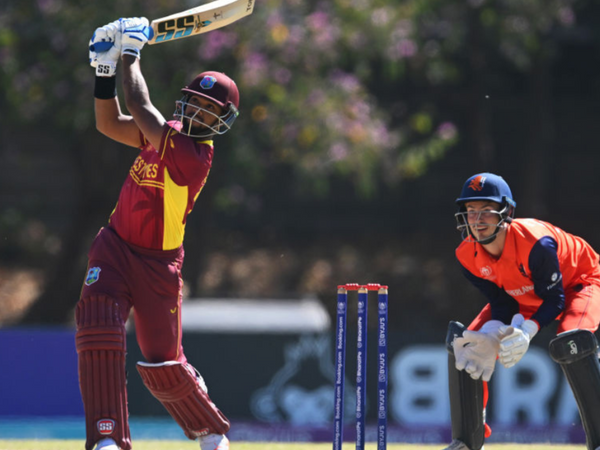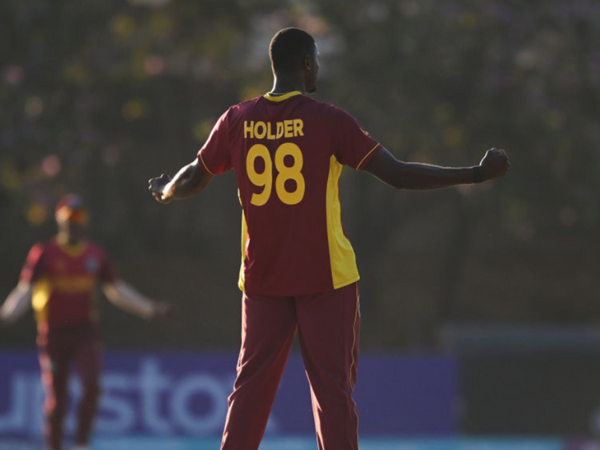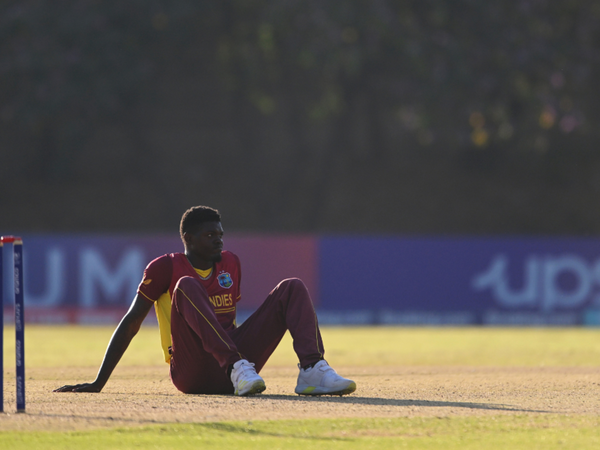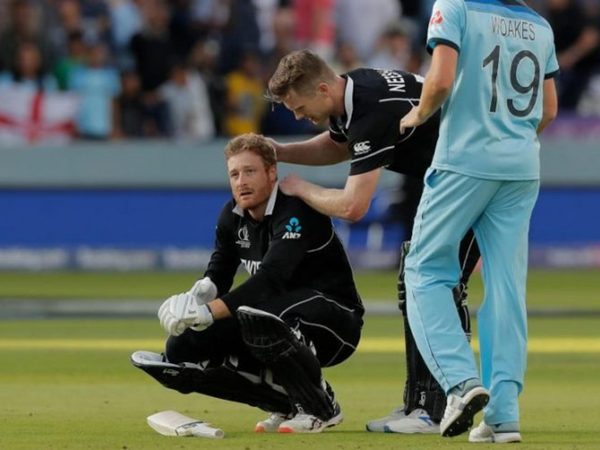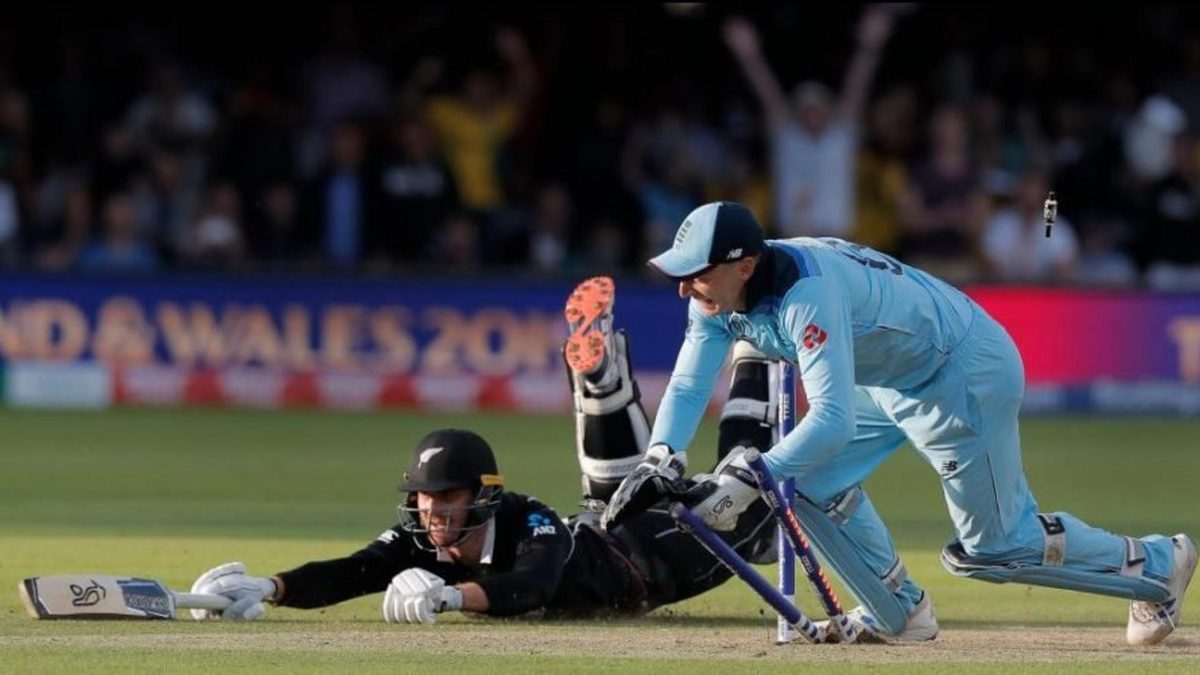
Simon Wilde traces the history of cricket’s tie-breakers and its various outcome deciding norms, including the boundary-count rule that determined the outcome of the 2019 World Cup final in the 2020 Wisden Almanack.
First published in the 2020 Wisden Cricketers’ Almanack
“I don’t know how they won it,” said Kane Williamson. “What was it, boundaries or something?” He spoke for many. Until the World Cup final unfolded, many observers were ignorant of the super-over clause; fewer still had any idea about boundary countback.
Random? Yes. But how do you settle a tied – or washed-out – one-day match? It is a problem with which administrators have long wrestled.
English one-day cricket was a year old when, in 1964, Somerset beat Nottinghamshire in the Gillette Cup by virtue of losing fewer wickets following a tie. In 1981, Derbyshire benefited from the rule to win both the semi-final and the final, each time batting second. But when Leicestershire beat Hampshire in 1995, a secondary tie-breaker was required: score after 30 overs.
Resolving rain-ruined games has proved trickier. Originally, umpires could order a ten-over match, but even that was not possible in the Middlesex–Gloucestershire Benson and Hedges Cup quarter-final of 1983, triggering the toss of a coin. Mike Gatting planned to call heads, but switched with the coin mid-air – and won. Middlesex went on to lift the trophy. After that, a form of countback was introduced: the team whose bowlers had achieved the better strike-rate in the group stage would progress, allowing Gatting’s Middlesex to beat Worcestershire in the 1985 B&H quarters.
Then came the bowl-out, probably inspired by the popularity of football’s penalty shoot-outs. In the 1991 NatWest Trophy, Derbyshire hit the stumps only once in ten attempts, and lost to Hertfordshire; on the same day, Surrey beat Oxfordshire in The Oval’s indoor nets. Derbyshire were better prepared for their 1993 B&H quarter-final, deploying several batsmen as bowlers, and beating Somerset 6–3. At the same stage in 1994, Warwickshire – en route to a treble – beat Kent 5–4. And in 2009, Somerset beat Lancashire 5–1 after a Twenty20 Cup quarter-final at Old Trafford was washed out on three successive days. The bowl-out also resolved ties: in 2005, in another Twenty20 Cup quarter-final, it concluded a contentious encounter when, after 9pm, Tim Murtagh helped Surrey prevail over Warwickshire.
Exactly 24 hours ago, England were crowned world champions, after the final to end all finals.
Re-live the greatest finish of all time, as you’ve never seen it before!#CWC19Final | #CWC19 pic.twitter.com/SHrgguTI75
— ICC (@ICC) July 15, 2019
Eventually, international cricket joined the fun. After the epic World Cup semi-final tie of 1999, Australia pipped South Africa by the gossamer-fine virtue of finishing higher in the Super Six table – on net run-rate. The first bowl-out came at Auckland in February 2006, when New Zealand beat West Indies in a T20 game.
The super over was sanctioned by the ICC in 2008, and first used that year in a T20 international, again at Auckland, here West Indies scored a world-record 25, all by Chris Gayle. New Zealand lost two more super overs during the World T20 in 2012/13. Both semi-finals of the Friends Life T20 in 2011 went to super overs. And six of England’s World Cup winners featured in their only previous super over, in Sharjah in 2015/16, when Chris Jordan restricted Pakistan to three runs.
Boundary countback was first used to settle a T20 match in the Caribbean in 2010, when sixes were the determining factor, and was available at the 2011 World Cup and for the 2015 World Cup final. As if New Zealand hadn’t suffered enough, in October the ICC abolished the countback rule. While group games at global events could now include a super over, the game would be tied if the super over finished level.
As for knockout matches, the super over would now be repeated until it proved decisive – a proposal several pundits suggested after the 2019 final. In all, ten games have been decided by some form of boundary countback.

